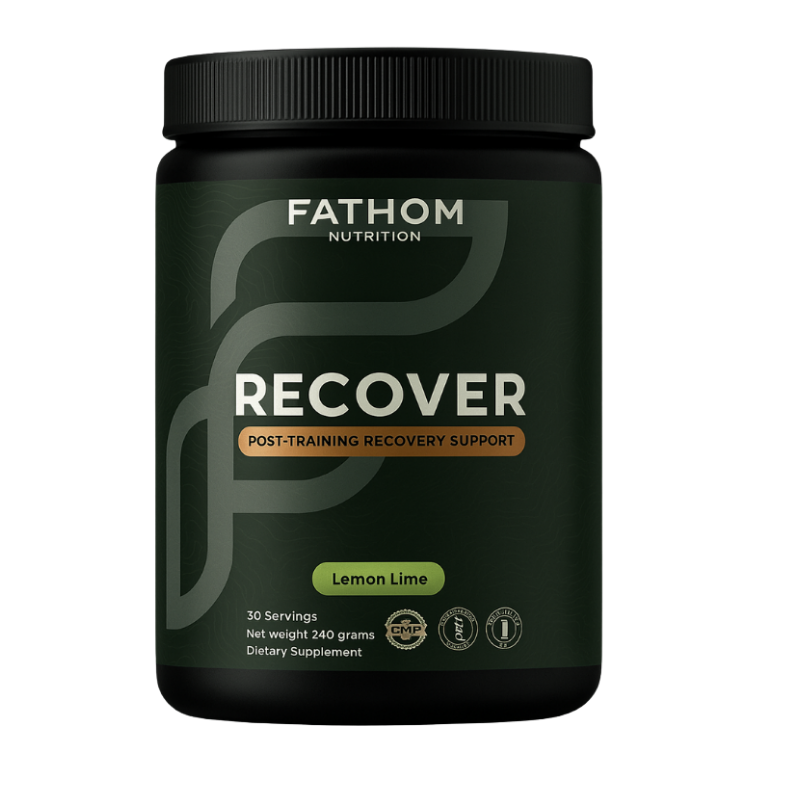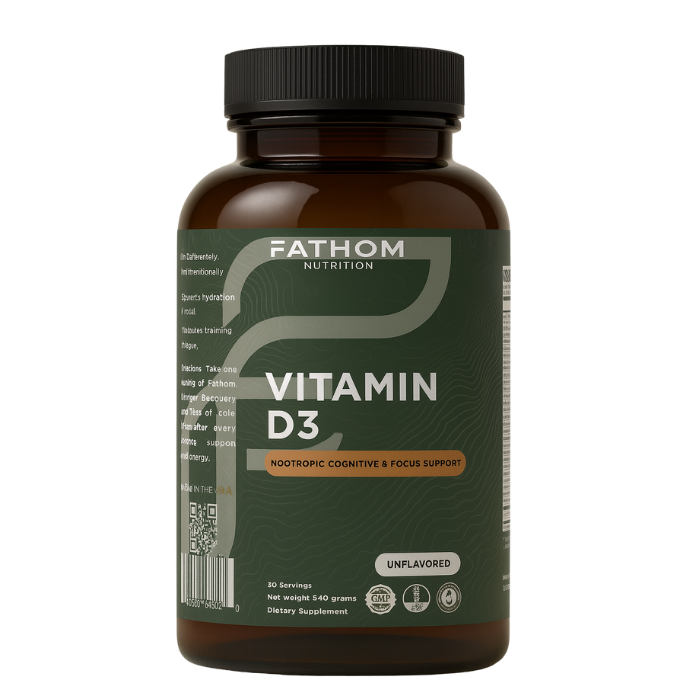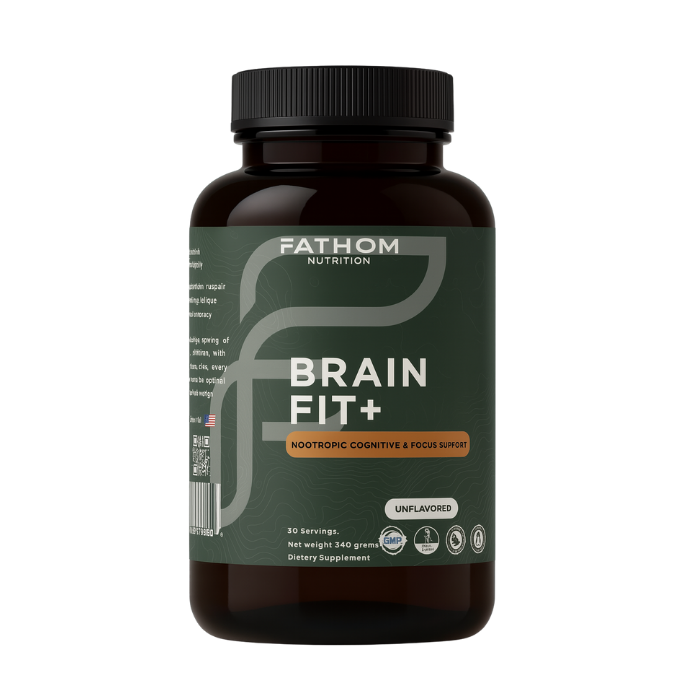The Best Hybrid Training Split for Beginners: How to Build Strength and Endurance Without Burning Out

In the last few years, we’ve seen a powerful shift in the way people think about fitness. It’s no longer just about being big or being fast—it’s about being capable. The modern athlete, whether they’re a weekend warrior, a desk-bound biohacker, or someone returning to training after years away, is searching for a more complete physical experience. They want strength and endurance. Power and resilience. The ability to move well, recover quickly, and perform under pressure.
That’s the ethos of hybrid training.
If you're new to this world—or simply interested in restructuring your approach—the first and most important question is, “What’s the best way to split my training between strength and endurance?” In this article, we’ll unpack a beginner-friendly hybrid training split that balances stress and adaptation, maximizes progress without compromising recovery, and builds a foundation that lasts far beyond the first few months.
Let’s start with the problem.
Why Traditional Training Splits Don’t Work for Hybrid Athletes
Most people fall into one of two camps: they either train like a bodybuilder or like a runner. One is focused on muscle isolation, hypertrophy, and gym sessions that last 60 to 90 minutes. The other is chasing miles, thresholds, and VO2 max numbers. Both approaches work for specific goals, but neither develops a body that is both strong and enduring.
That’s where hybrid training enters. The concept is simple, but deceptively challenging. You’re training across multiple energy systems. You’re placing demands on both your neuromuscular and cardiovascular systems. And if you're not careful, you'll overtrain—or worse, regress.
The key to sustainable hybrid training is not intensity. It's structure.
The Foundations of a Hybrid Training Split
A good hybrid split needs to do three things well:
-
Prioritize recovery between high-stress sessions
-
Sequence modalities in a way that minimizes interference
-
Allow for long-term progression without hitting a wall
This means you can’t just toss in a run after a heavy squat session and expect results. You need to think in systems.
The body adapts to stress, but only when it’s given the right kind of stress, at the right time, followed by adequate recovery. And for hybrid athletes, recovery isn’t just about rest days—it’s about interference management.
Interference and the Recovery Curve
One of the most important (and misunderstood) aspects of hybrid training is something called the interference effect. In simple terms, endurance training and strength training send competing signals to the body. Endurance work prioritizes mitochondrial biogenesis, capillary density, and oxidative enzymes. Strength work demands neuromuscular adaptation, muscle fiber recruitment, and tissue remodeling.
When you train both systems improperly—too close together, too hard, or too often—you create a metabolic tug-of-war. The result is under-recovery, stalling progress, and increased risk of injury.
A smart training split avoids this. It doesn’t just space out sessions. It synergizes them.
The Best Beginner Hybrid Training Split: 4-Day Model
If you’re just starting out, or returning after a break, here’s a foundational weekly structure that works remarkably well:
Day 1 – Strength (Lower Body Focus)
Think compound movements—trap bar deadlift, split squat, Romanian deadlift, sled push. Keep the volume moderate and intensity high enough to stimulate adaptation without crushing the CNS.
Day 2 – Endurance (Zone 2 Cardio)
This could be a 45 to 60-minute session of low-intensity steady-state cardio. Think nasal breathing. You should be able to hold a conversation. Row, bike, ruck, jog—whatever modality you can sustain without joint stress or elevated cortisol.
Day 3 – Strength (Upper Body Focus + Core)
Pull-ups, overhead press, rows, loaded carries. Integrate isometric core work here. Aim for mechanical tension, not volume for volume’s sake.
Day 4 – Endurance (Interval or Tempo Work)
This is where intensity creeps in. Not maximal effort, but just hard enough to push your aerobic threshold. 3 to 5 rounds of 4-minute tempo intervals with 2 minutes rest is a classic format. Or short hill sprints, depending on your base.
Optional Days – Mobility / Recovery / Zone 2 Add-ons
If you’re feeling good, a short zone 2 session or active recovery day can be added. But never at the expense of sleep or food. The recovery is where you grow.
Why This Split Works
This approach alternates stress between systems. Lower-body lifting is followed by systemic, low-impact endurance. Upper-body training is followed by higher-intensity aerobic work. This sequencing respects the recovery curve of each system.
It also builds what matters:
-
Aerobic capacity
-
Muscular strength
-
Movement quality
-
Recovery robustness
And perhaps most importantly, it prevents burnout. One of the most common mistakes beginners make in hybrid training is doing too much, too soon. This structure paces the stress load while allowing for incremental volume increases.
A Note on Zone 2 Training
If you’re not already familiar with Zone 2 cardio, it's time to get acquainted. Zone 2 sits at the aerobic base—around 60 to 70 percent of your max heart rate. It’s low-intensity, steady-state cardio that improves mitochondrial density, metabolic flexibility, and overall endurance without taxing the nervous system.
The real secret of Zone 2 is consistency. You don’t feel trashed after. You feel better. For hybrid athletes, it’s the unsung hero of adaptation.
Use a heart rate monitor, or better yet, just test your ability to breathe through your nose. If you can't, you're going too hard.
How to Progress the Split Over Time
After four to six weeks, the body begins to adapt. You’ll feel stronger in your lifts, recover faster between intervals, and begin to notice that familiar calm confidence returning to your training.
At this point, progression can look like:
-
Increasing volume (adding one more set or session per week)
-
Increasing intensity (heavier lifts, faster paces)
-
Layering in skill work (Olympic lifting, plyometrics, or technical trail runs)
But never change everything at once. The best hybrid athletes are masters of training patience. Adaptation is a slow, deliberate conversation between stress and recovery. Speak too loudly, too often—and the body stops listening.
Nutrition, Sleep, and Recovery: The Real Drivers of Progress
Your split matters. Your program matters. But if you're under-sleeping, under-eating, or over-stimulated, it doesn’t matter what you do in the gym. You won’t adapt.
Recovery is not passive. It’s a biological process that needs fuel and time.
Aim for 7 to 9 hours of sleep per night, ideally with consistent sleep and wake times. Prioritize protein—1.6 to 2.2 grams per kilogram of bodyweight is a solid start. Carbs aren’t the enemy; they’re your ally in recovery and output.
And learn to listen to the quieter signals: resting heart rate trends, HRV shifts, mood, libido, and morning energy. These are better indicators of progress than any barbell number.
Final Thoughts
Hybrid training is not a fad. It’s a reflection of a broader truth: the body works best when it works across systems. We were never meant to specialize in isolation. We were built to move, lift, run, and recover.
For beginners, the path forward is not extreme. It’s structured, patient, and grounded in biology.
Start with four days a week. Respect the interference effect. Chase recovery with the same intention you chase your lifts or paces. And remember—longevity, capability, and performance are not separate goals. They are the same.
Train accordingly.











